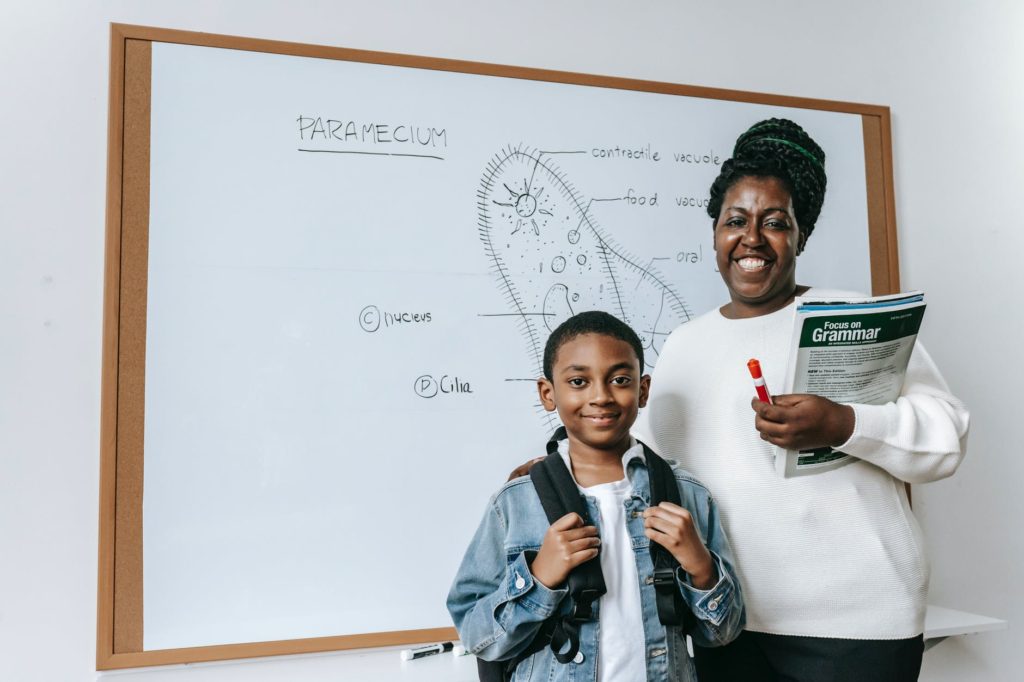DISCLAIMER: This article represents my personal views and not those of my employer or any affiliated organizations.
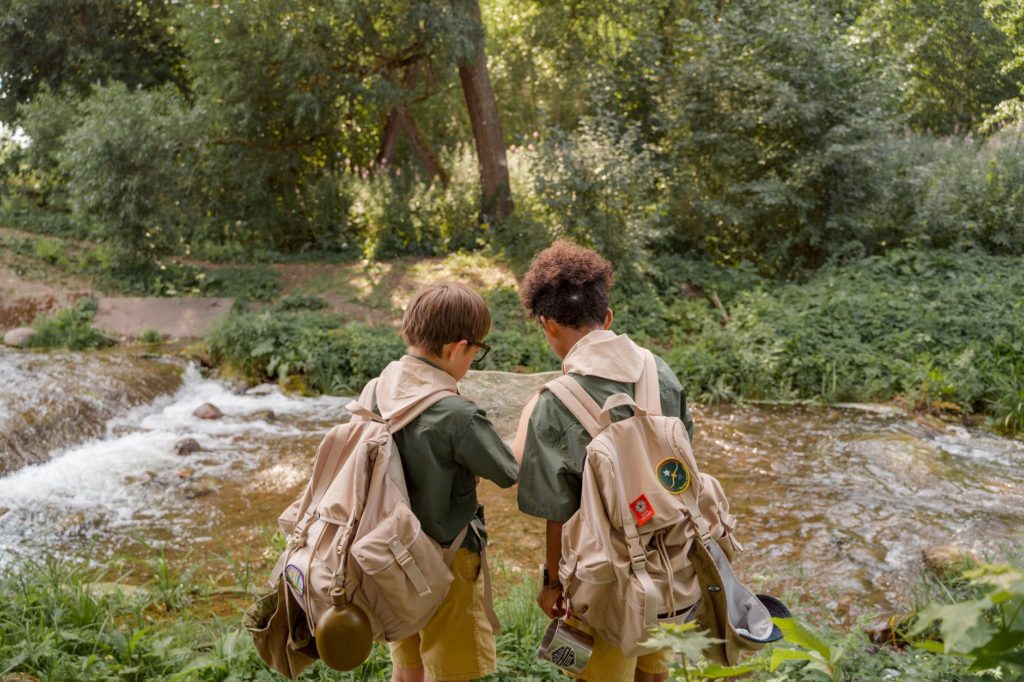
Movember has signified a major shift in the way we think about masculinity.
Movember brought awareness to this seemingly monolithic idea of manhood, “Men are not infallible. They are in a grave mental and physical health crisis from millennia of being told to “suck it up”.
Those who identify as male lack a rite of passage. No matter how you identify, if you have male system, you’re subject to prostate cancer, testosterone, public perception, etc.
Sure, there was the archetypal warrior stories. There was the stereotypes of muscled, no-holds-barred, alcohol-fueled badasses in movies. But that is not masculinity. The toxic “red pill men’s movement” has not helped that. We live in a new world where gender roles are not central to success, and where physical strength is supplanted by knowledge work.
To add to that, breaking of social customs and the virus crisis have splintered young people farther and farther apart. A symptom of this is self-isolating behind a phone or computer screen.
We are not born knowing how to tackle life, we need mentors to help us navigate these nuances. As young men come of age, what new rites will signal the transition into adulthood?
Lack of Male Rites of Passage
There is a steady historical progression of roles where younger people were “taken under the wing” of an older person as a required part of an organization. This used to be the case with corporate culture as well. Many new professionals are expected to “learn the ropes” in college by themselves. This is a disservice to their career progression. A rite of passage assigns responsibilities, skills, challenges, puzzles, feelings of competence.
Even with all of the positive paths to becoming a complete man, there are many men in boys’ bodies. They simply never made the transition into full adulthood. This is obviously a conscious choice for some. Many see right through that ruse. For others, it’s less intentional – stunted by traumatic childhood events such as divorce, chronic abuse, or bullying.
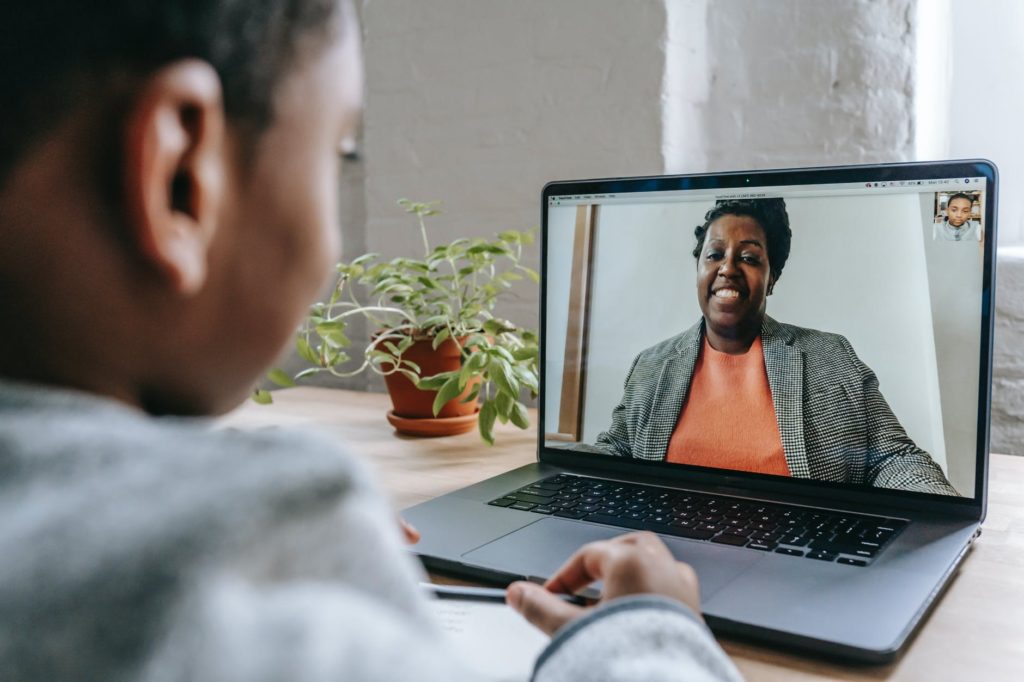
What are the Issues?
Fewer men are graduating college as well. In 2018-2019, 74 men received Bachelors’ Degrees for every 100 women. Some would tout this as a positive measure, as it may show more female enrollment and graduation. At the same time, we must wonder why the enrollment or graduation rate has dropped for men. This article, “New Grads: How to Find a Job Post-Crisis“, contains valuable advice on that subject.
Men are generally not encouraged to pursue creative or empathic/caregiving professions. It’s not as if the leaders in those industries don’t WANT more men. The social stigma of men doing these things keep men themselves out of them: Fashion, crafts, interior design, teaching, nursing, and more. Women and men are not born with genetic dispositions against these things. These are learned behaviors reinforced by society.
In order to preserve this balance, we must forge a new paradigm that levels out sacred masculine and feminine energies. Each of us, whatever gender identity we have, contain both of these energies. It’s time that we embrace that.
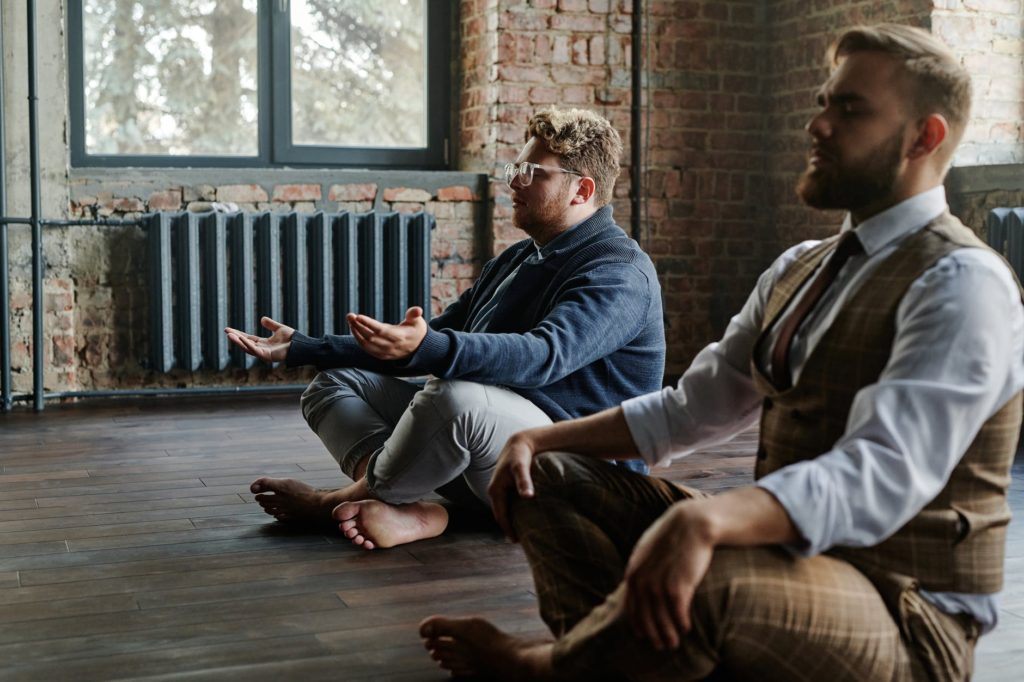
Men’s Groups
Men’s groups are one of the most direct ways to engage on the subject of positive masculinity. Years ago, Jungian books like Iron John and King, Warrior, Magician, Lover hoped to create a new movement for men that incorporates feminist advances. I joined a group shortly before the pandemic broke out, and they’ve since gone virtual. It would be an in-person meet-up where we’d engage in meditation for 30 minutes. We’d spend the next 30 minutes passing a physical baton and talking about whatever life issues we were experiencing.
Many men’s groups offer this kind of healing experience, and provide a vent for emotions and lifes’ challenges. Membership ranges in age, from younger people in college, to older ones into middle age. This provides the opportunity for younger men to gain the advice of older ones, and for the older group to relate back to their youth. Being part of a group of men who are there to feel out your challenges with you, to relate back to your experience, is tremendous.
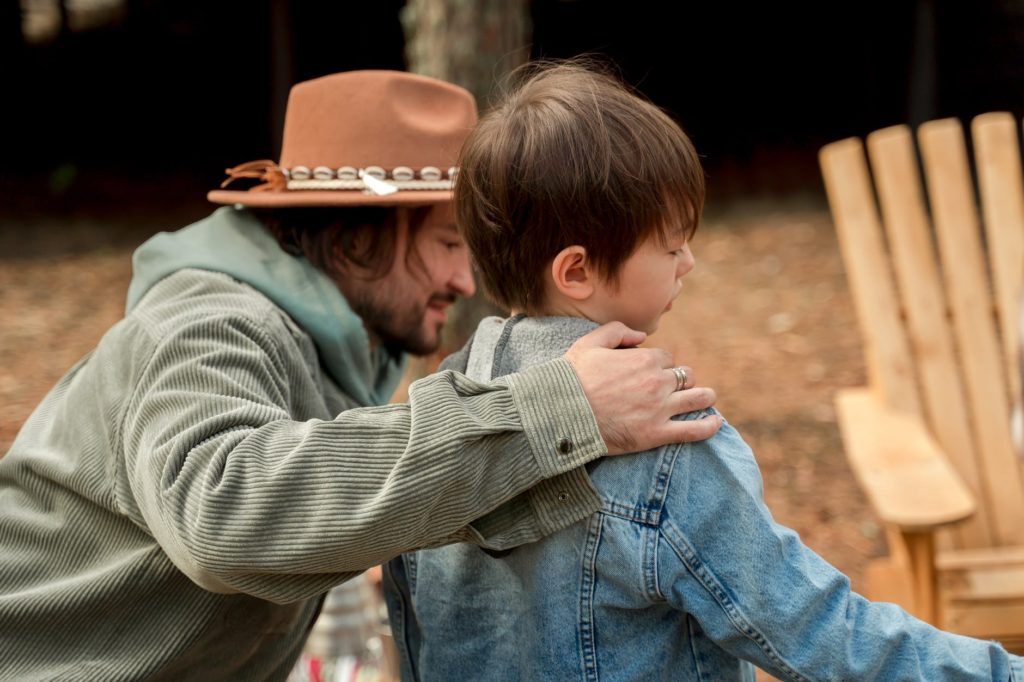
The Scouts
The Scouts were actually created in the early 1900’s to teach self-reliance and individualism. I was a Scout as well, exiting before graduating high school. More recently, the Scouts integrate girls and boys together, which could help sculpt their mindset into adulthood. The program not only gets kids out of the house and into nature, but it also incorporates some military tradition.
• One of these rituals was a military-style uniform inspection, where young Scouts had to display posture and immaculate dress to their Scout masters.
• A second ritual is performing community service. This could include highway cleanup, collecting food for food banks, shoveling snow, or raking leaves for senior citizens. A life of service is a crucial component of character.
• A final and most important ritual is survival skills. These skills are exercised during “field trips” or overnight camping trips. Scouts would be tasked with raising their own tents, starting their own fires, and sometimes foraging their own food. To achieve the highest rank of Eagle Scout (like my dad), new initiates must complete “the Ordeal”. This involves observing silence at the campsite, receiving minimal amounts of food, completing camp projects, and sleeping alone. This is the ultimate form of loyalty to their group and community.
I’ll never forget when he took me wilderness camping on Rock Island, off the tip of Wisconsin’s peninsula in Lake Michigan. We had to take a ferry to get there, and there was no running water or toilets to be found. The weekend was spent with only “Meal Ready to Eat” packets and a camp stove. We ended up walking 6 miles around the circumference of the island, which were a lot for my 7 year old legs.
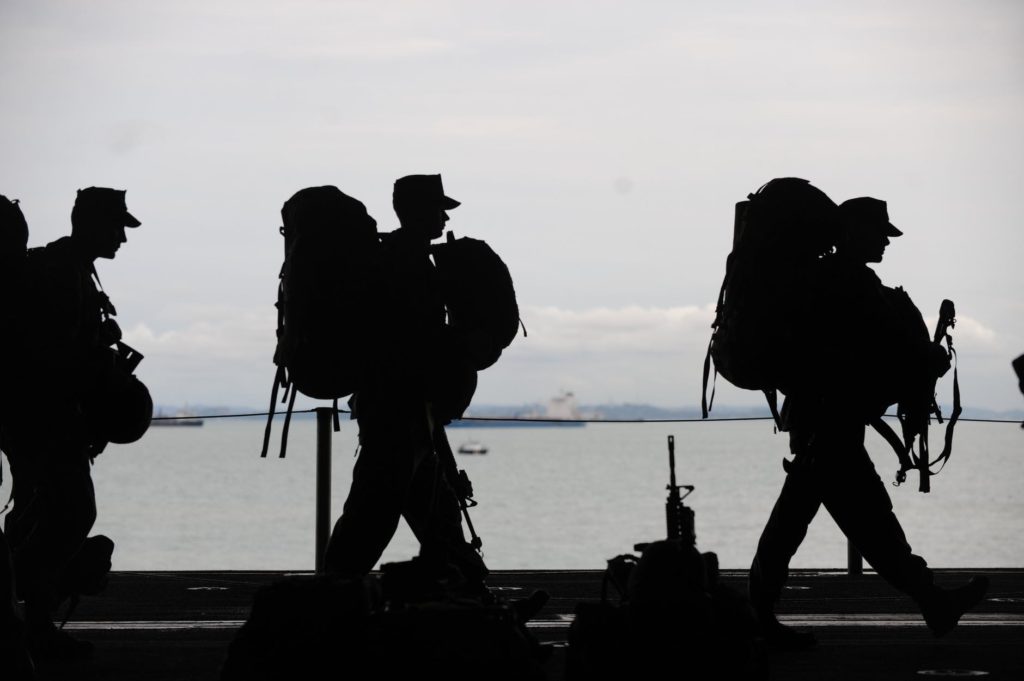
Military
Both of my grandfathers were World War II veterans. In their day, that was not anything special. It was simply considered the norm. Almost all young men below noble class were expected to perform some sort of military service for millennia. Military service was a brutal yet compulsory part of becoming an adult.
The selective service or “the draft” was not truly questioned until the Vietnam War. Some countries, such as Israel, still enforce a compulsory 2 year military service for all citizens (including women) over the age of 18. This has shaped Israeli culture, leading to a national reputation for toughness and bluntness. The downside of this is more citizens with that trademark standoffishness and post-traumatic stress disorder. At the same time, Israel produces an above-average amount of entrepreneurs. Tel Aviv contains more startups per capita than any region in the world, other than Silicon Valley.
It is not just “military discipline” that creates this, or being able to take orders. Quite the opposite. The military process empowers strategic thinking and decision making. We can isolate the valuable concepts without being a military member. Through this military process, the participants are “forged in fire”, and come out the other end a “new person”. That’s the definition of any masculinity rite of passage.
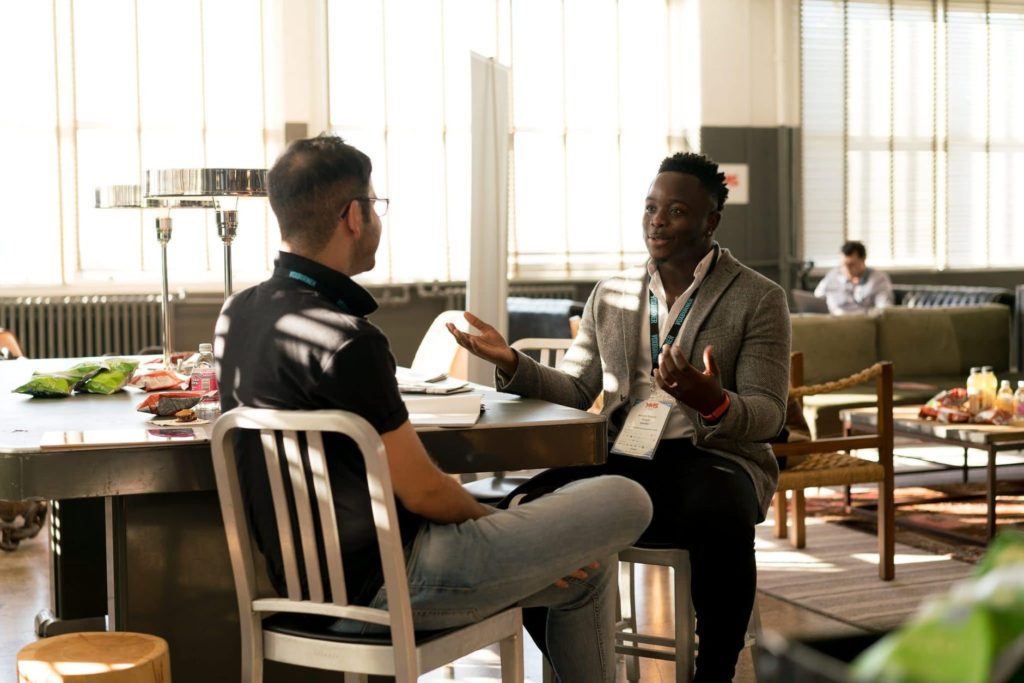
Mentorship Programs
Big Brothers, Big Sisters is another oft-forgotten organization. There are many estranged young people who lack a meaningful role model. This does not mean that they don’t have a dad. However, perhaps their parents are constantly busy with work, or they don’t have the capacity to provide true role modelship. Taking on a “Big” can help a “Little” to gain wisdom from someone with experience. This is the natural form of the mentor-mentee relationship, and some day, that “Little” may become a “Big” mentor to a younger person as well!
I speak a bit more about mentorship groups in my article, “Volunteer: It’s About More Than You Think“

Perception of Men
There is an omnipresent “guy code” which follows men from birth. This cements a lot of toxic concepts in young mens’ minds. It is socially enforced by all genders. However, it’s especially wrought by other men, through shaming, hazing, and expulsion from social groups.
Another layer over this is the perception of masculinity popularized by certain feminist groups. It calls a blanket definition of men as one unified persona with the exact same social statuses/privileges, world view and flaws. Men represent approximately half the population, so they cannot be defined with such a broad brush.
Thusly, we must reshape the model of masculinity. This requires integrating the lessons of feminism, rooting out the toxic elements. However, it also requires retaining the healthy aspects of masculinity. Men stuck in boyhood must pass from the “realm of the mother” into the “realm of the father”, creating self-actualization and self-dependence, and freeing the women in their lives from having to carry extra responsibilities.
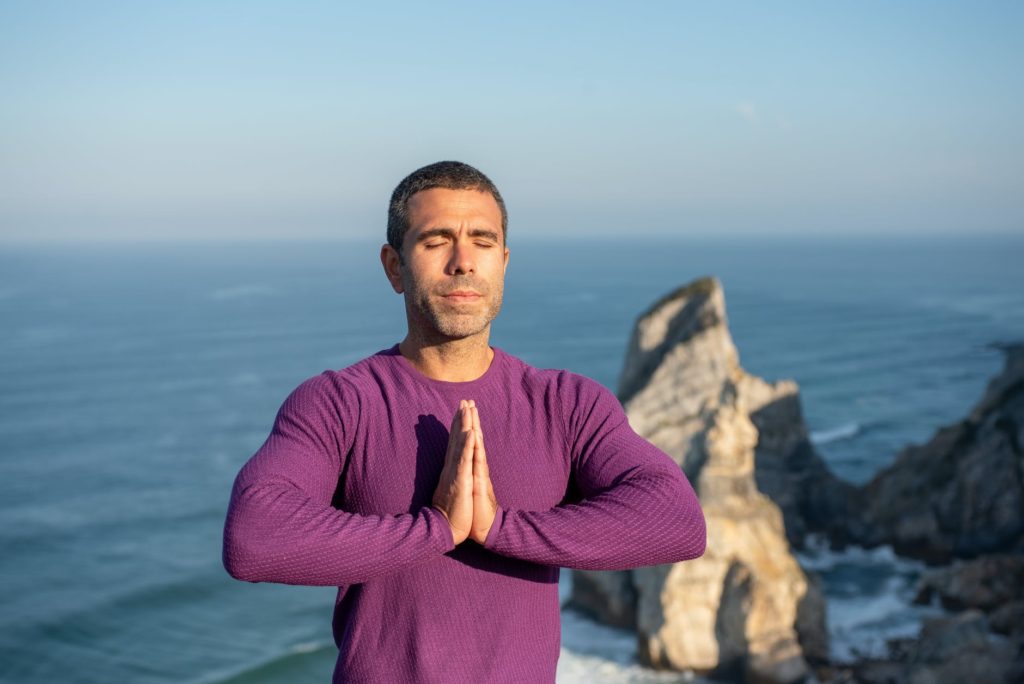
Creating Community
Young men (of whatever persuasion or gender identity) need a positive value system to build community. The hero archetype is the most biologically appropriate for this. So why not instill heroic values? The most familiar example may be the Code of Chivalry. Young men must be honorable, enterprising, responsible, original, intimate, and creative. Let’s not forget humble.
By becoming part of one of the organizations mentioned above, part of a community, boys will blossom into “good citizens”. Fitting into an intersectional world is crucial for today’s young men.
We need to foster female role models for young men from an early age. The clearest role model a boy has is their mother. In addition, there should be female role models in all stations of their life – as teachers, as mentors, and finally as leaders.
In the new century, it’s essential that we accept our biological differences, reconcile them, and see eachother as human, first and foremost.
